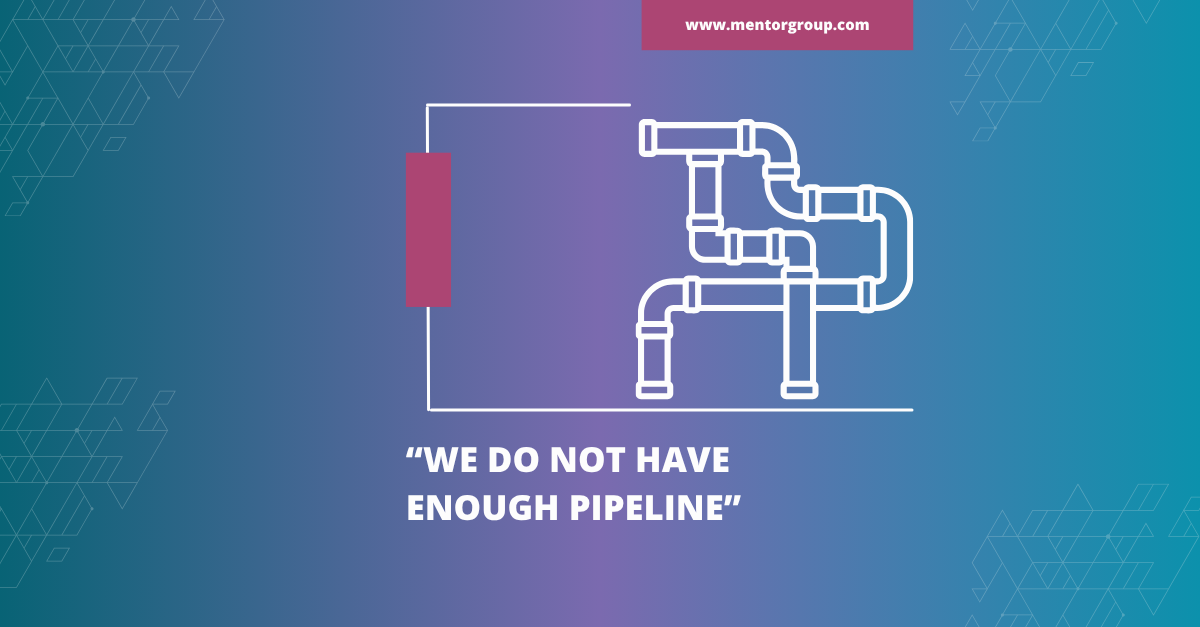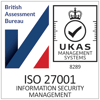In a dynamic sales landscape, understanding and optimising the speed at which your business turns leads into revenue—known as revenue velocity—is not just beneficial; it's crucial.
This is where Revenue Velocity Diagnostics come into play. It's a tool that's transforming the way businesses approach their sales pipeline, and in this blog, we'll dive into how it empowers companies to maximise their sales potential.
What is Revenue Velocity?
Revenue Velocity is a measure of how quickly your company can convert leads into sales and ultimately into revenue. It's the pulse of your sales process, indicating the health and efficiency of your sales engine. It involves four key metrics: the number of opportunities, the average deal value, the win rate, and the length of the sales cycle. By optimising these factors, you can significantly increase the flow of revenue.
The Diagnostic Approach
Revenue Velocity Diagnostics are sophisticated tools that assess and analyse these critical metrics. But they don't just measure; they diagnose. This means they help identify blockages and inefficiencies in your sales process that prevent you from reaching your full revenue potential.
Identifying Bottlenecks
One of the most significant advantages of Revenue Velocity Diagnostics is its ability to pinpoint bottlenecks. Whether it's a particular stage in the sales cycle where deals consistently stall or a challenge with lead quality, diagnostics bring these issues to light.
Optimising Sales Activities
By analysing the data collected, these tools offer insights into which activities and strategies yield the best results. This allows sales teams to focus their efforts more effectively, ensuring that time and resources are invested in high-return activities.
Shortening the Sales Cycle
With detailed intelligence on where delays typically happen, businesses can streamline processes and remove unnecessary steps. This can significantly shorten the sales cycle, enabling a faster turnover from prospecting to closing deals.
Technology at the Forefront
Modern Revenue Velocity Diagnostic tools use AI and machine learning to not just report on the data, but to learn from it. They can predict outcomes based on historical data, provide recommendations for action, and even automate certain tasks to improve efficiency.
Case Studies and Success Stories
The power of these diagnostics isn't just theoretical. Many businesses have seen remarkable improvements. For example, a B2B SaaS company implemented revenue velocity diagnostics and saw a 30% reduction in their sales cycle length within six months.
Strategies for Implementation
Successfully integrating Revenue Velocity Diagnostics into your sales methodology requires a strategic approach:
- Data Integration: Ensure that all relevant sales data sources are integrated into your diagnostic tools for comprehensive analysis.
- Customisation: Tailor the tool to your specific sales process and industry to reflect your unique challenges and opportunities.
- Continuous Learning: Adopt a culture of continuous learning and improvement, using the tool's insights to constantly refine your sales strategies.
- Team Involvement: Get buy-in from your sales team by involving them in the process and using the tool to enhance their work, not just monitor it.







